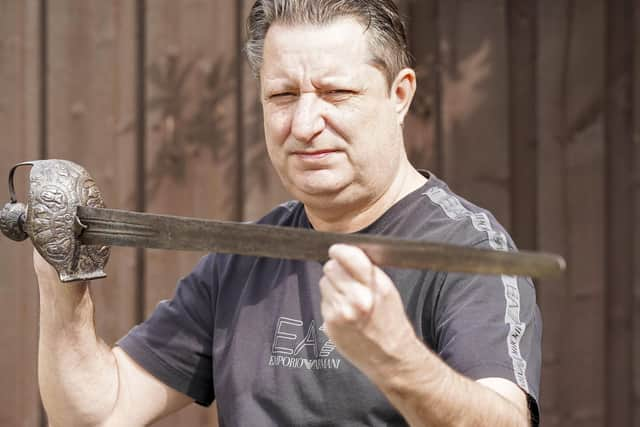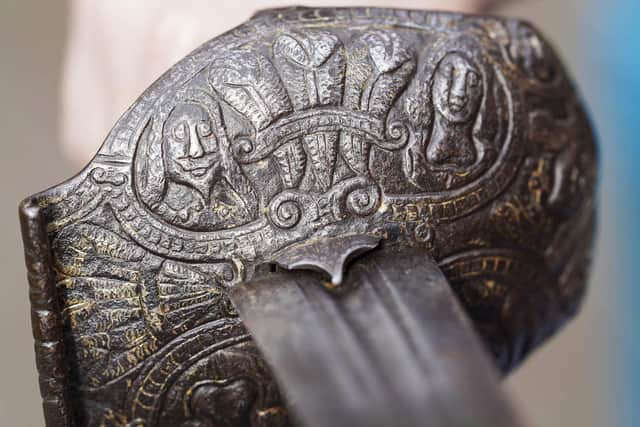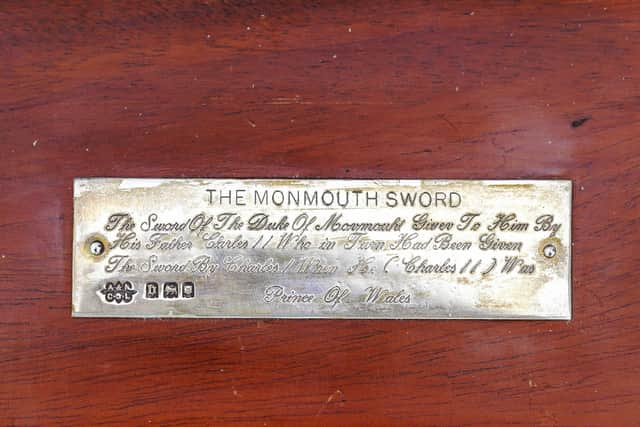Could this be the sword of King Charles II and how did it end up in Castleford?
and live on Freeview channel 276
Collector Andrew Green spotted the artefact when buying a trove of treasures in Plymouth.
With help from experts and from literature documenting the weapon was passed from Charles II to James Scott, 1st Duke of Monmouth – the king’s eldest illegitimate son – in the 1600s.
Advertisement
Hide AdAdvertisement
Hide AdMr Green, who was able to give up his job as an order picker at Asda to pursue his passion for historical items, said: "The history of the sword is fantastic. It’s an incredibly rare sword – the only one on the planet and it’s here in Castleford.


“It’s possible it could have been passed from Charles I to Charles II, but we are 100 per cent certain it went from Charles II to the Duke of Monmouth.
"In our research there is no question about that.
"The Duke lost it when he went on the run from the Battle of Sedgemoor after trying to overthrow James II.”
Protestant Charles II was King of England, Scotland and Ireland from the 1660 Restoration of the monarchy until his death on February 6, 1685.


Advertisement
Hide AdAdvertisement
Hide AdHis Catholic brother, James II, succeeded him against the former king’s wishes.
The Protestant Duke of Monmouth launched a rebellion against the new king.
But the resistance came to an end after the Battle of Sedgemoor on July 6, 1685.
Mr Green said after the said the Monmouth Sword was recovered after the battle and eventually sold for 18p.


Advertisement
Hide AdAdvertisement
Hide AdHe said it was on exhibition in the Victorian period and registered in The Archaeological Journal in 1844.
"In its heyday it would have been magnificent because it was plated with silver and then gold gilded. It would have been a magnificent piece. It’s still a good looking sword now.”
Mr Green said his sword had received attention from the Royal Armouries in Leeds but he would like it to go on display closer to home.
He said: "It could go to the Armouries but I’d like to put it on exhibition here. You could do it at the library or at Queen’s Mill.
"It’s of national importance and you won’t get many like it coming to Castleford.”